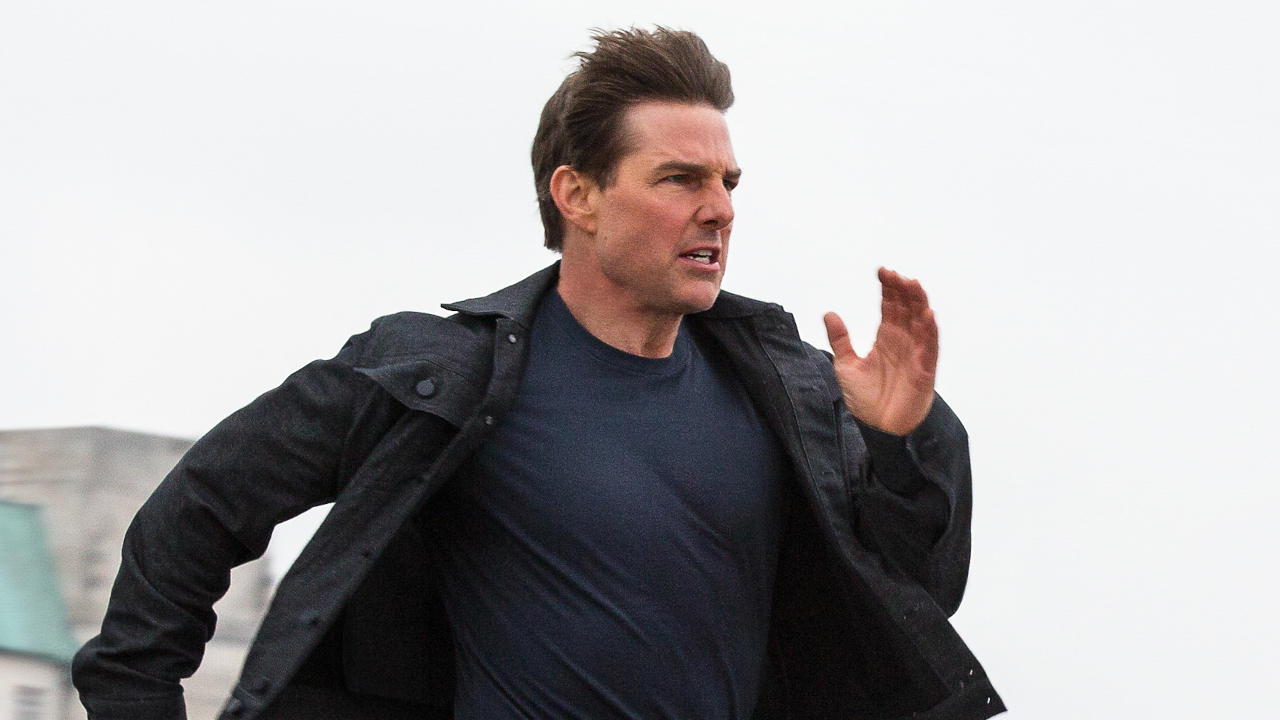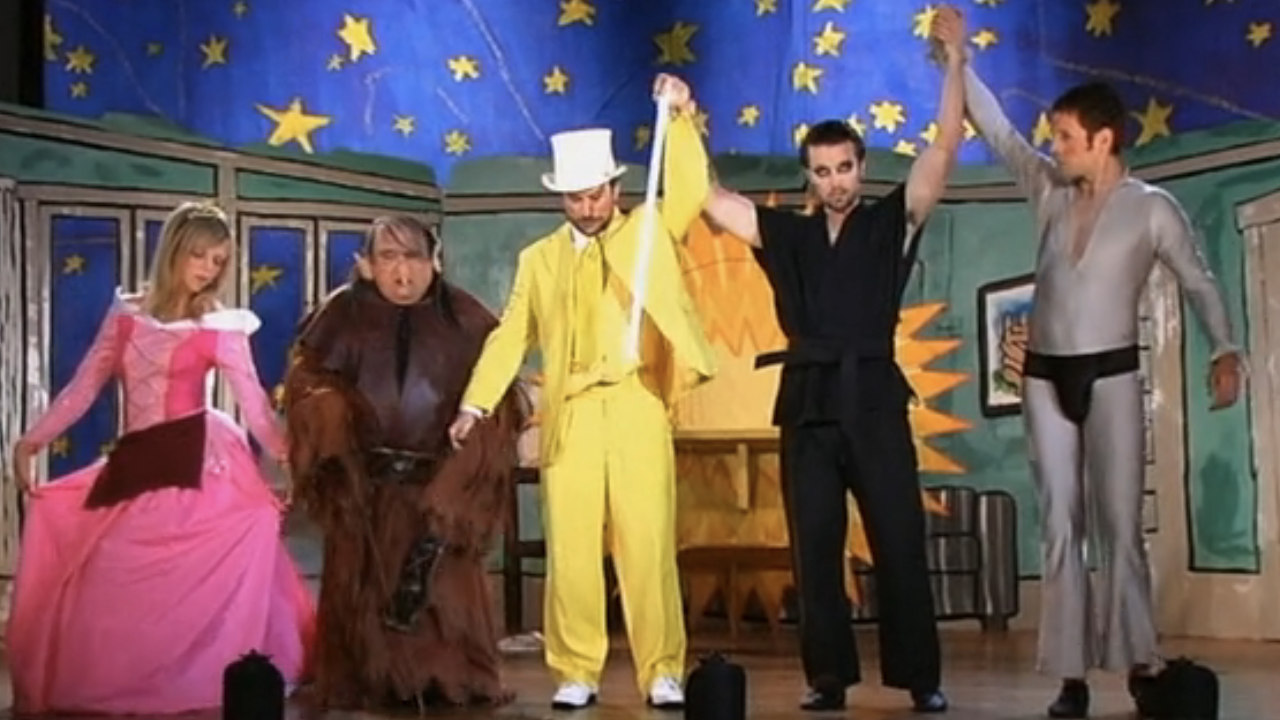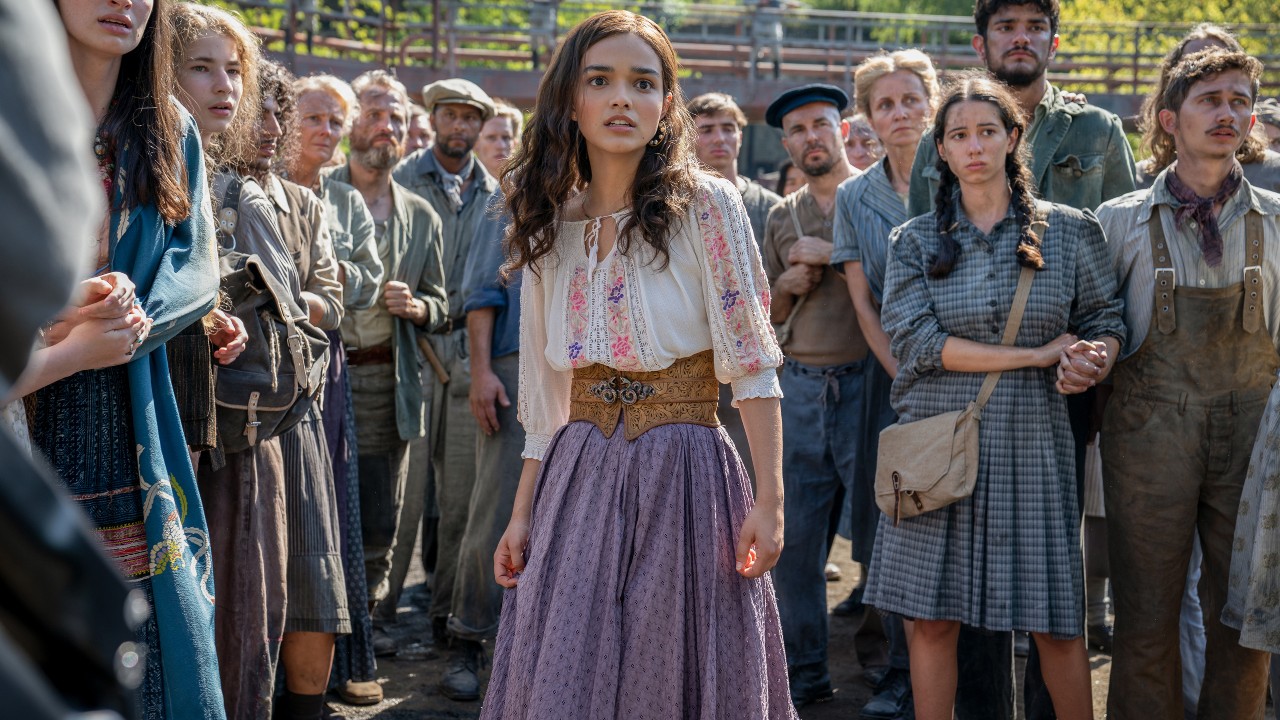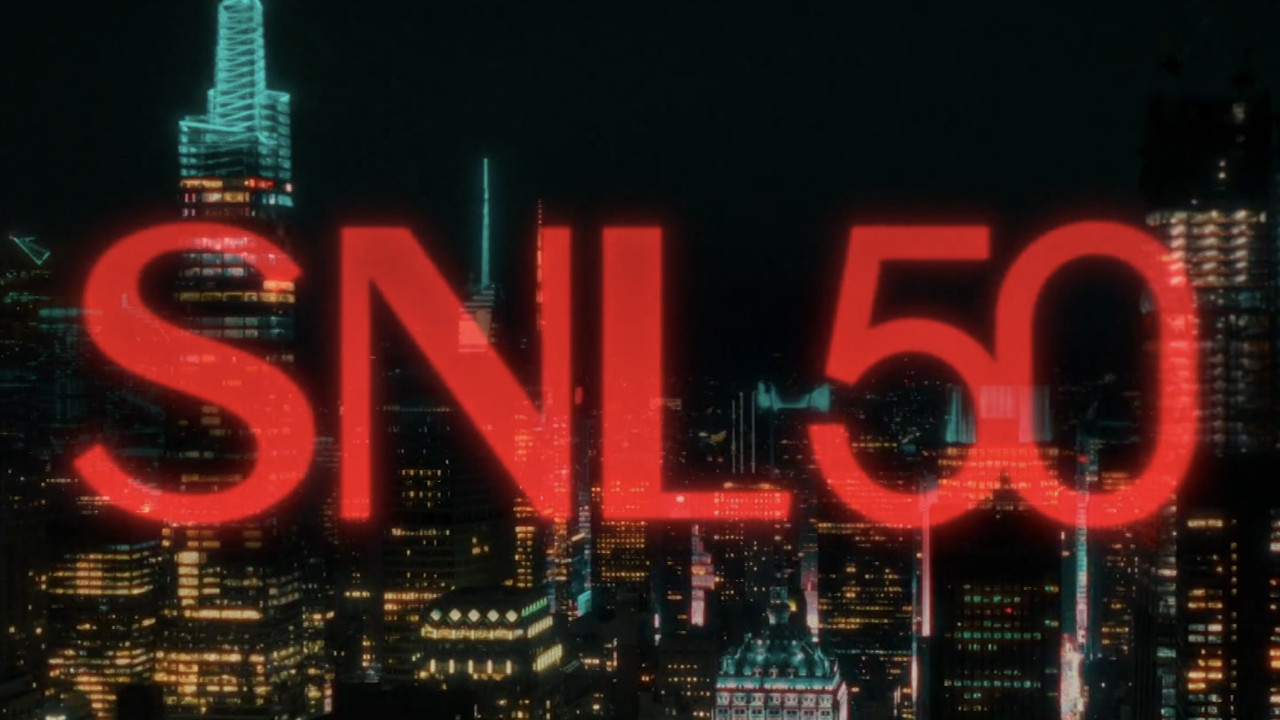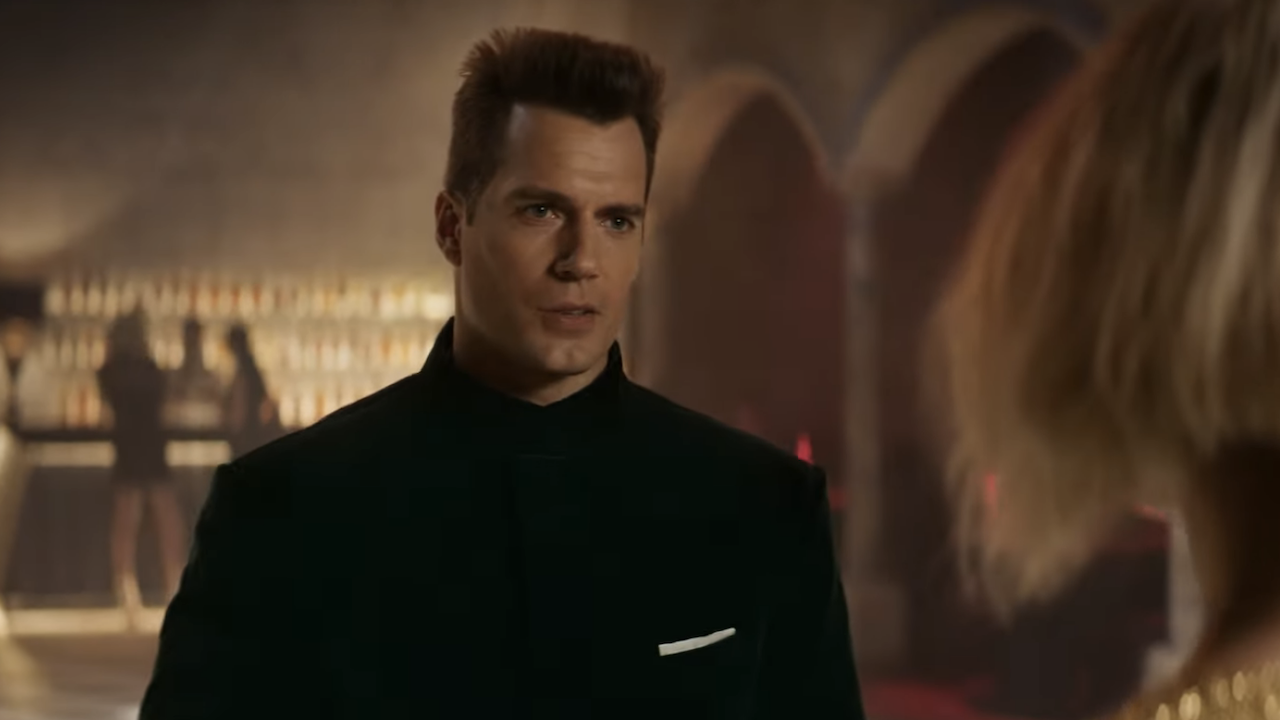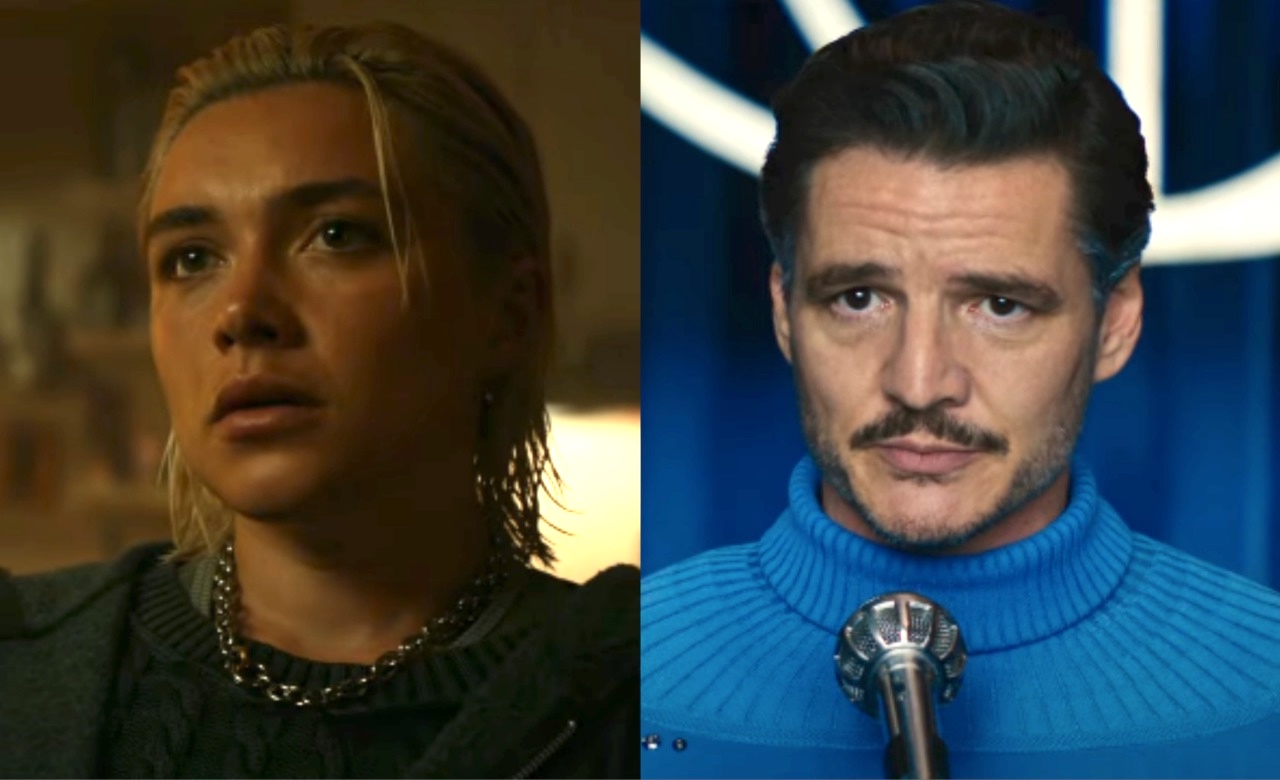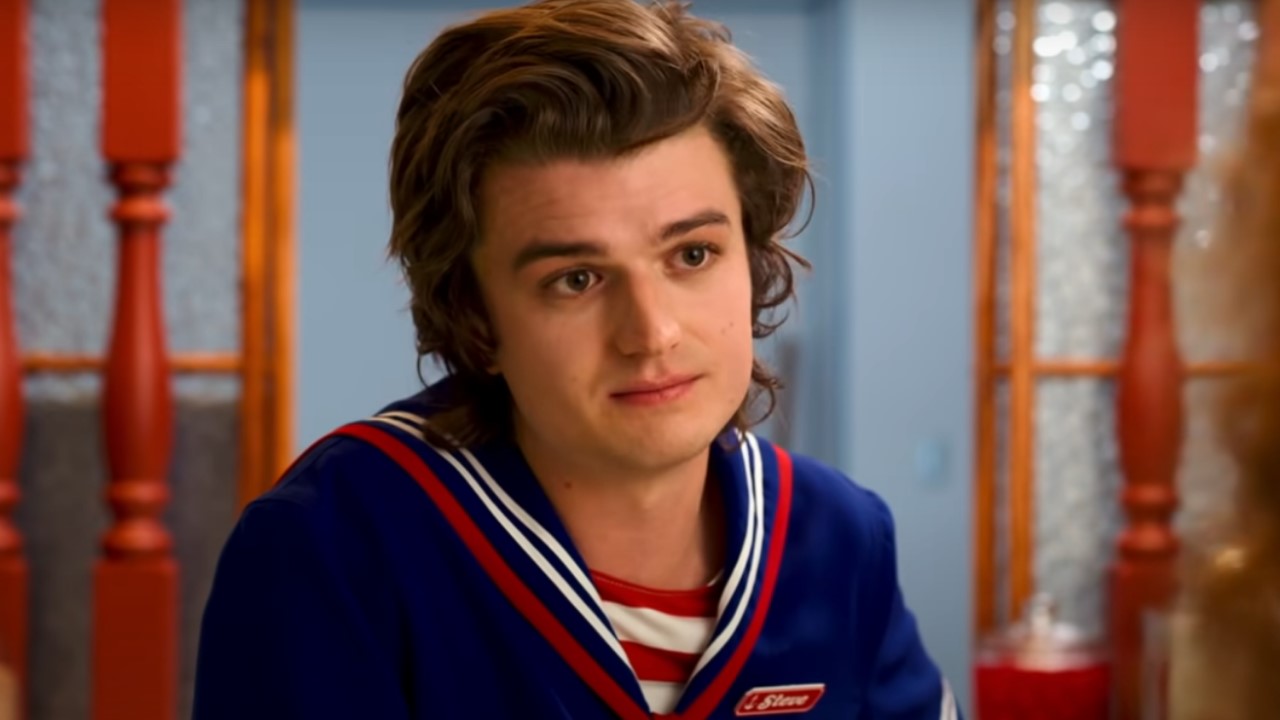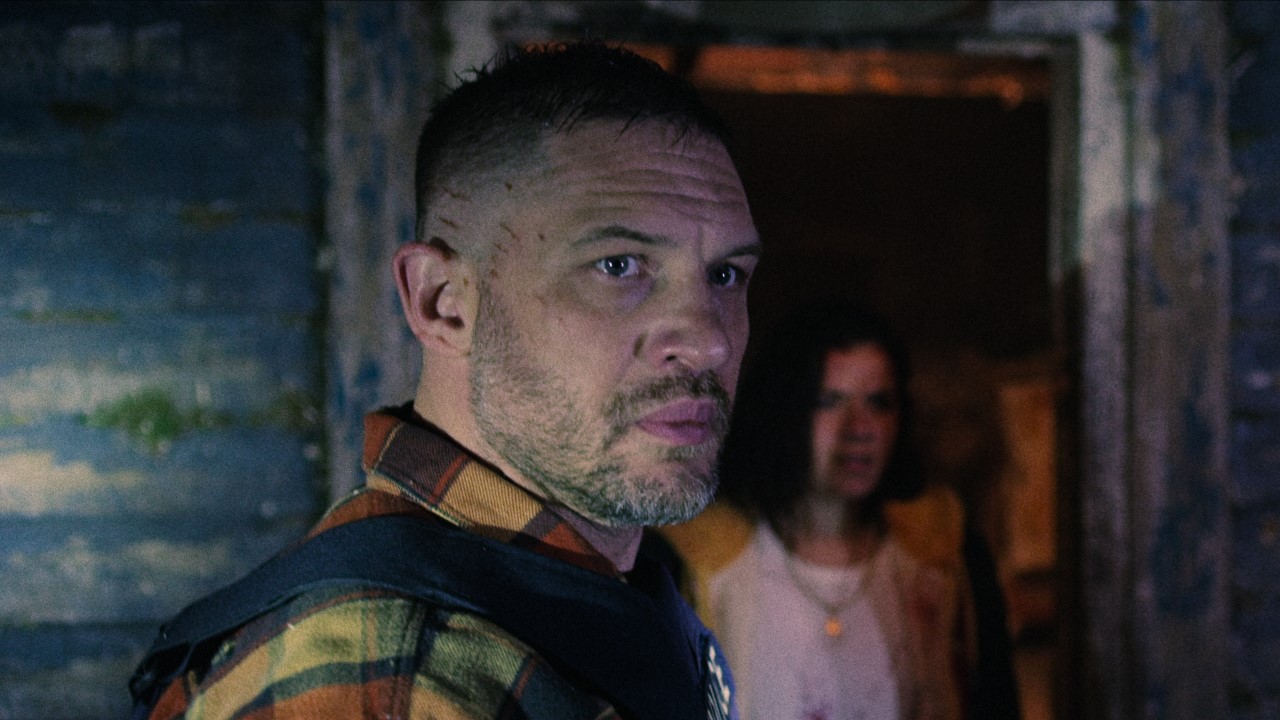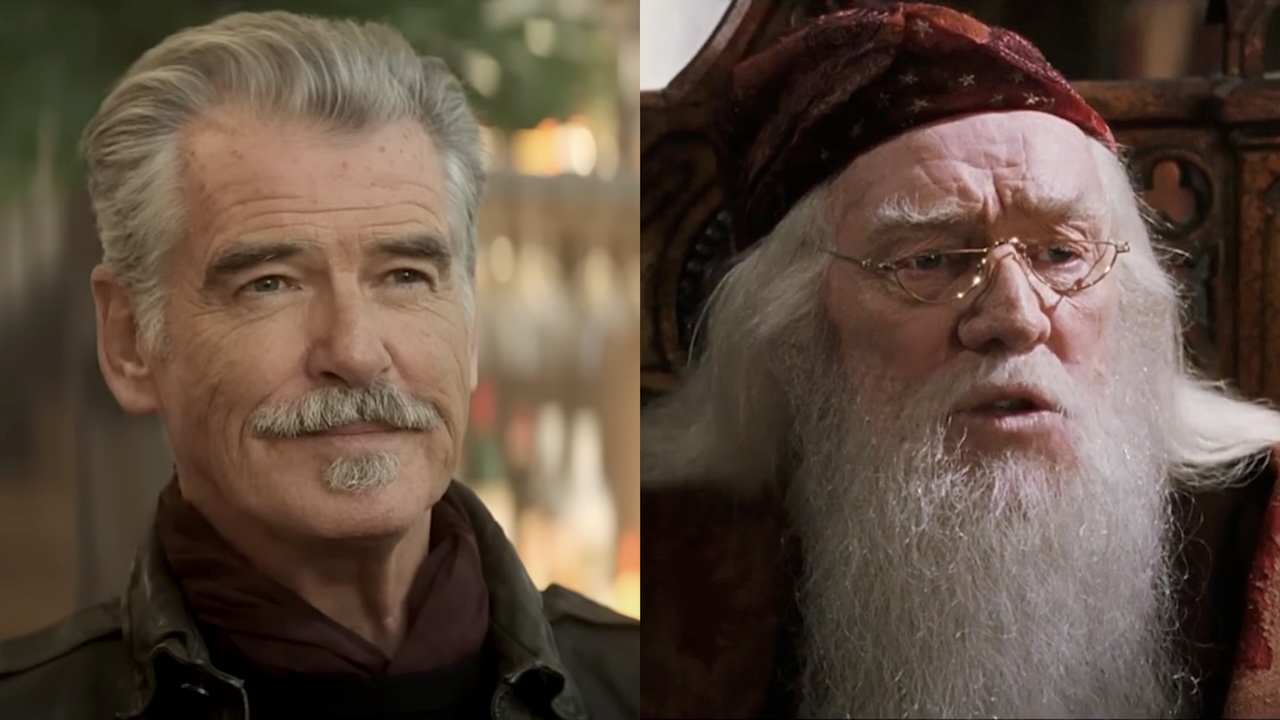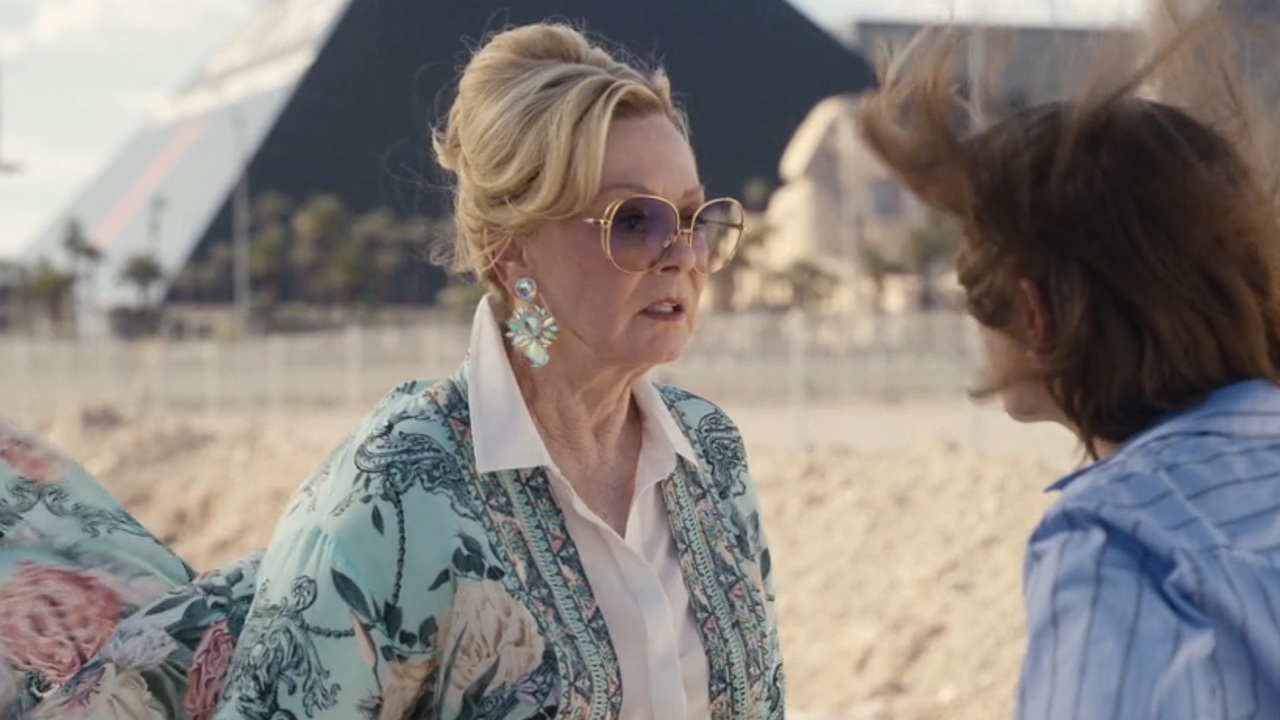Interview: Gomorra Director Matteo Garrone
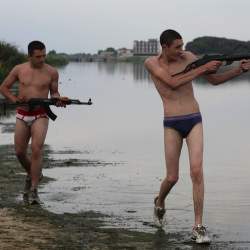
I interviewed Gomorra director Matteo Garrone back in December, and figured I would post the interview when Oscar season rolled around. After all, as the winner of the European Film Awards Best Picture prize, and one of the most acclaimed films of the year, it seemed a shoo-in for the Best Foreign Language Film Oscar nomination, and maybe even the win.
But in their infinite wisdom, the Academy chose to snub this gem, and it was left off the shortlist for the Foreign Language Film nominations. So in protest of that ridiculous omission, and in preparation for the film's Feb. 13 release in the United States (following a brief Academy run last December), I'm running my interview with Garrone, the 40-year-old who has made one of his country's finest films in year. Gomorra's title is a play on Camorra, the name of Italy's largest and most nefarious Mafia operation. The film follows five distinct storylines that overlap only vaguely, but each of them influenced deeply by the pervasive presence of crime bosses and thugs in their particular corner of Naples, Italy. The film is made in an unobtrusive, almost documentary style, with Garrone's intent to depict the world without judging it. Read below for how he captured this brutal corner of the earth, and how the residents of Naples felt about him exposing the violent war in their city.
How much did you know about the Camorra crime syndicate before making this movie?
I knew from cinema about the Mafia, and from newspaper. When I read the book, I found the book very powerful, and written by someone who went inside of the reality. When we wrote the screenplay in Rome, and when I went to make the movie, it was really sort of surprising, the situation that I saw. Just two hours from Rome, to find people that live in war in 2008 in Italy. I was very surprised. I tried to give that to the audience, my emotional experience that I had making the movie.
How did you choose what to take from the book, and what to leave out?
The movie is not an imitation of the book, but it is an interpretation. There are hundreds of stories, so hundreds of possibilities for a movie. It's just a big mosaic. We decided for five stories, and five characters that we thought could be original. They were in the book, but we developed their story and their conflict in the screenplay. We decided to tell the story from the bottom, so instead of the story of the boss, the story of the slave, and the story of the people that are conditioned by the system. People that fight for survival inside of the jungle. We didn't want to judge and say who is good and who is bad. Just show from inside, and show about that war, without any glamorization.
Was there improvisation in the name of capturing the characters?
CINEMABLEND NEWSLETTER
Your Daily Blend of Entertainment News
I tried to create always a relationship with the character.. It's important to always tell the story of human people, so that it's important to be close and follow and understand their actions. Sometimes I can disagree or agree, but it's always important for me to understand. It's important also that the actor bring something to the character and I am always free to betray the screenplay in some way.
You were working with a lot of local people and non-actors. What did you learn from them?
I learned a lot about something that does not concern acting, but about many important and deep experiences of life. You spend your time for 6 months with people that are happy to live in that atmosphere. They tell the story, your story, and you understand. It's very difficult to show good and bad, who is good and who is bad, when you are inside of that reality. It's a sort of gray zone where all is confused. It's something that I try to show in the movie. How easy it is to fall and make some mistake if you grow up there. This is something that i learned being there, staying in that territory.
What did they think about the fact that you were making a film about their area?
The cinema is so powerful, because everybody loves cinema. They were happy that we shot there, a movie. They couldn't imagine that this movie would be so big a success in the world. But they were happy that people could make some money renting the house, or working as an extra. We worked with the help of the people, and the people that were there were the first audience of the movie, because they were always behind the monitor and watching me shoot the scene.
Throughout most of the movie you don't seem to be commenting on the action, as the filmmaker, except in the opening scene. Why did you choose to set it in the tanning room, which is kind of silly? Were you intending to be ironic?
Ironic is very important for me. Without irony, there is not tragedy. But anyway, when I was there preparing the movie, I met some boss and I discovered that they used to go every day to the tanning room. There was a very interesting contradiction between how they are about their bodies and the beauty, and how they are are brutal and animal and kill each other. So it was interesting, this contradiction. Also this scene it reminds me of the scene of the barber shop in the gangster movie. So it was a modernied way to shoot the scene. And it was visual, because for me, cinema is always to tell the story from the image, so it always comes from a visual idea.
How much do everyday Italians know about the Camorra now?
In Italy, most people didn't know about that. Also in Naples they didn't know that. It's completely another world. The movie came out in Italy with subtitled Italian, because they speak enough street slang it was impossible to understand for everybody. So it was a shock for Italians.
Do you see this as a gangster movie? An art movie?
It's difficult for me to understand what kind of movie I've done. A friend of mine said a Rossellini gangster movie.
Staff Writer at CinemaBlend

